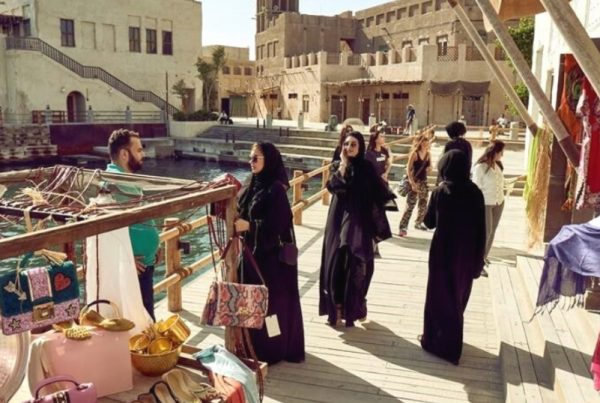It isn’t the first time we’ve seen a fair-skinned actor ‘darkened’ for a drama serial. Just a few months ago, we admired and applauded super hit drama serial Parizad, easily forgiving and forgetting the fact that Ahmed Ali Akbar, the lead actor, had been darkened to appear ‘unattractive and unwanted’. The story tackled the issue constructively. Parizad was a character so rich in moral values and intellect that he soon became an asset for a story advocating the underdog. Hashim Nadeem, the writer, took the social stereotype and helped his hero overcome his colour related inferiority complex.
Pyar Deewangi Hai unfortunately doesn’t seem to have an agenda this noble when it comes to dark skinned actors and the affiliated stereotypes. Veteran actor Gul e Rana plays Phupho Naseem in the drama and the naturally fair skinned actor has been darkened more than a few shades to become a character that activates every colour-related characteristic you can think of.
Racial stereotypes are constructed beliefs that all members of the same race share given characteristics. These attributed characteristics are usually negative (Jewell, 1993).
When presented in South Asia, the dark skin phenomenon does not refer to the Afro-American race, of course, but it does refer to the lower race, caste or creed. Colonialism also kicks in and will have you believe that emperors and rulers were fair skinned whereas the working class was dark. For years we have been brainwashed to believe that dark skinned individuals will find it tougher to find jobs and matrimonial matches; most of them belong to the lower strata of society. Moreover, they are often morally compromised characters, in many cases even criminals. In a nutshell, the stereotype will have you believe that dark skinned characters are rarely good characters.
Phupho Naseem fits that description like a glove. She was once rejected by the heroine Rabi’s mamoon. And so she bears a grudge against the fair skinned and beautiful Rabi (Neelum Munir), which she expresses in as many words and refuses to accept her as a bride for her son Mateen, even though the two are engaged and madly in love.

Misbah Ali Syed, in writing the story, has regrettably acknowledged the dark-skinned character as vile and vengeful. Phupho Naseem could just have been another negative character but here she’s clearly branded as a dark skinned negative character, perpetuating the stereotype. That she is ugly, inside out, is an unfortunate package deal.
I’ve been thinking about all the problems one has with Gul e Rana’s character. The problem begins with the fact that a fair-skinned actor has been darkened in what the world would label as ‘black face’. It’s also that it’s been done in a very substandard way. Her skin tone fluctuates and is inconsistent. Secondly, and more significantly, she’s an overall negative character. In this day and age, when art and literature should be driven to break down prejudices, we have Pyar Deewangi Hai reaffirming the worst.

One remembers Hania Amir’s character Sanam in drama serial Dilruba rejecting Sabih, Mohib Mirza’s character, on the account of being dark skinned and not so successful. Mohib Mirza, as Sabih, however was an extremely kind and compassionate character, that we immediately took a liking to and eventually Sanam did as well. That was good casting and responsible storytelling. One empathized with Sabih when he was rejected on the account of his skin tone. One felt the same way when Naheed (Ushna Shah) rejected Parizad on account of his dark skin and overall demeanour.
Pyar Deewangi Hai’s Phupho Naseem, however, just fans the stereotype that a dark skinned person will be rejected, vengeful and altogether awful. And it’s both offensive and uncomfortable to watch. At a time when the world of entertainment is using its collective powers to change the narrative – to NOT show every Muslim character as a terrorist, every Afro-American as violent and aggressive – Pakistani dramas need to be more mindful of what they’re putting out there. There should be no room for dangerous and damaging stereotypes to be written in today’s day and age.





